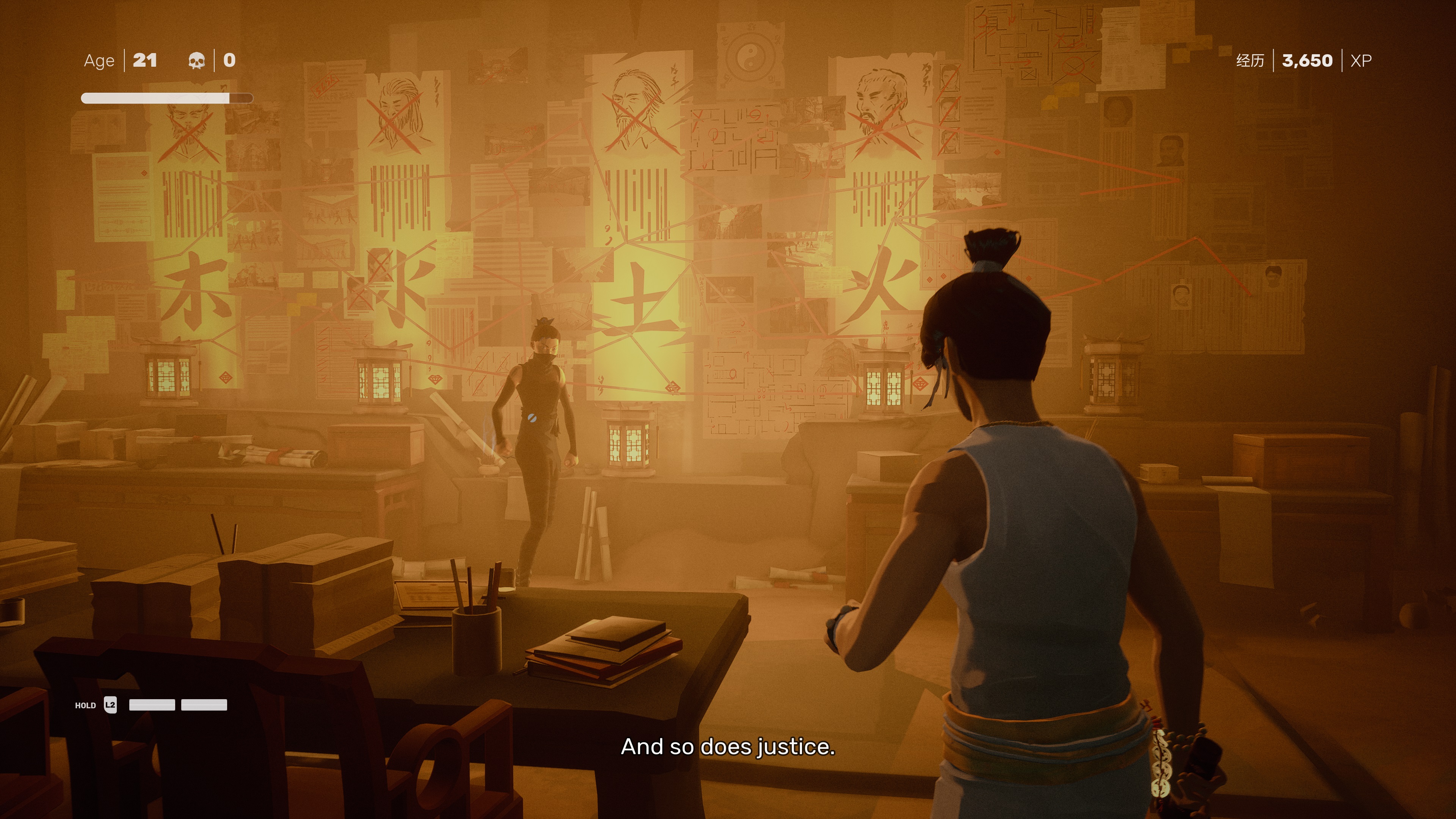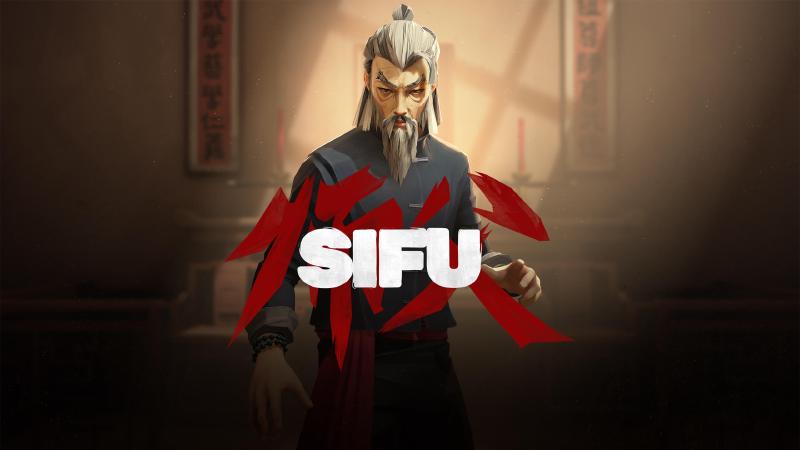Sifu is a brand-new IP from Absolver developer Sloclap that combines the roguelike “Die and try again” mechanic with gameplay features similar to Sekiro: Shadows Die Twice in a martial arts, Kill Bill style romp. It follows the story of a young person (Choice to be play as either male or female) who witnesses the death of their father and embarks on a quest of vengeance after 8 years of training in the ways of Kung-Fu.

Bestowed with a set of mystical coins, you fight your way to the 5 masters that played a role in the death of your father… and yours. Every time you die, the coins bring you back at the cost of aging you until you reach 70 years old. Which sets the slogan “Is one lifetime enough to know Kung-Fu?”

When put into practice, each death while allowing you to revive where you left off will add an increasing multiplier to your “death counter” which controls how much you age per death. It makes button mashing and an un-meditated approach to the game very dangerous and punishing – warranting a slow burn approach to learning all the different enemy types and their attack patterns lest you frustrate yourself unnecessarily. It’s also what makes the game somewhat tedious as you find yourself struggling and replaying the 5 levels until you get it right.

Unlocking skills should be your first port of call to make any subsequent run easier and increase your adaptability against the tougher enemies however, it’s not as easy as spending your earned XP on the death screen or at the dojo … at least not to get them permanently. Instead, you have to spend 5x the initial cost in 5 portions which leads you to replaying the same level on repeat until you feel confident enough to tackle the next difficulty spike that the later levels bring. It’s a “For better or worse” early grind that could rub some players up the wrong way.

Dotted across the levels you’ll also find upgrade shrines (Of which there are 3 per level) that allows you to unlock or upgrade a perk. These perks are divided into 3 categories, Age (If you get too old you can no longer upgrade these perks), Level Score (the higher your score the more perks you have access to) and XP points (As long as you have enough XP to afford them). You’ll find later on that some are more optimal than others when weapon damage is more situational and less worthy than increasing health recovery on takedown.

Each of the 5 levels in later playthroughs offer divergent paths or shortcuts after finding certain collectibles that trade level length for upgrades. It’s an odd trade off especially when considered for anyone who’s actually struggling and wants to avoid the tougher sections just to be punished harder in the later levels. The collectibles also offer a little extra narrative and insight into the 5 masters however honestly, by the time I got to the 3rd level… while I still picked them up, I lost interest in reading them on the detective board. For the most part they are fairly self-explanatory items aside from the notes.

Artistically the game is not the most awe-inspiringly realistic or beautiful and I don’t think anyone will be picking up Sifu for its ambiguous storytelling that waxes poetic more often than it makes sense. Sifu instead focuses on its authentic painted style reminiscent of the culture and lifestyle of Kung-Fu. What it lacks in fidelity, Sifu makes up for it with satisfying combat that gradually ups the ante with each level – again making you learn how to approach them and what upgrades you should be investing in for your run in the roguelike fashion.

That being said, while obviously the main focus of the game, Sifu’s combat is simplistic but difficult to master. Similar to the posture mechanic in Sekiro: Shadows Die Twice, Sifu has “Structure” which is essentially a guard break meter. Juggling structure and the enemy’s forces you to balance your defensive between parries (to break enemy structure) and avoiding (to replenish your own), but it comes with its own caveats.

The “avoid” mechanic especially can be particularly jarring when combined with an oftentimes awkward camera angle that snags on the stage walls. The strangest thing about this mechanic though is the input itself. Holding the guard button and swinging the stick forward initiates a low avoid and the rest of the directions are for anything else no matter the orientation of the camera. For me, this was somewhat of a confusing input as I would have expected guarding and pulling back to be the low avoid and I was still in my monkey brain pulling the stick in the opposite direction of my attacker to match the camera angle – It felt counter-intuitive and led to me taking more hits than I felt I deserved. It’s this gripe alone that makes Sifu a less than optimal combat experience when compared to games like the Arkham series… but not totally damning.

Verdict
Sifu does a great job at being a highly-visceral and satisfying Kung-Fu diversion before diving into your next big game and the combat is always going to be the main selling point. It’s the arcade style roguelike features that make Sifu such an enticing buy for any fan of action-adventure however, the rest of its features are fairly middling and forgettable. At a mid-tier price point I would still recommend it to anyone looking for a short game to invest their time in and enjoy it for what it is… and not what it isn’t.
